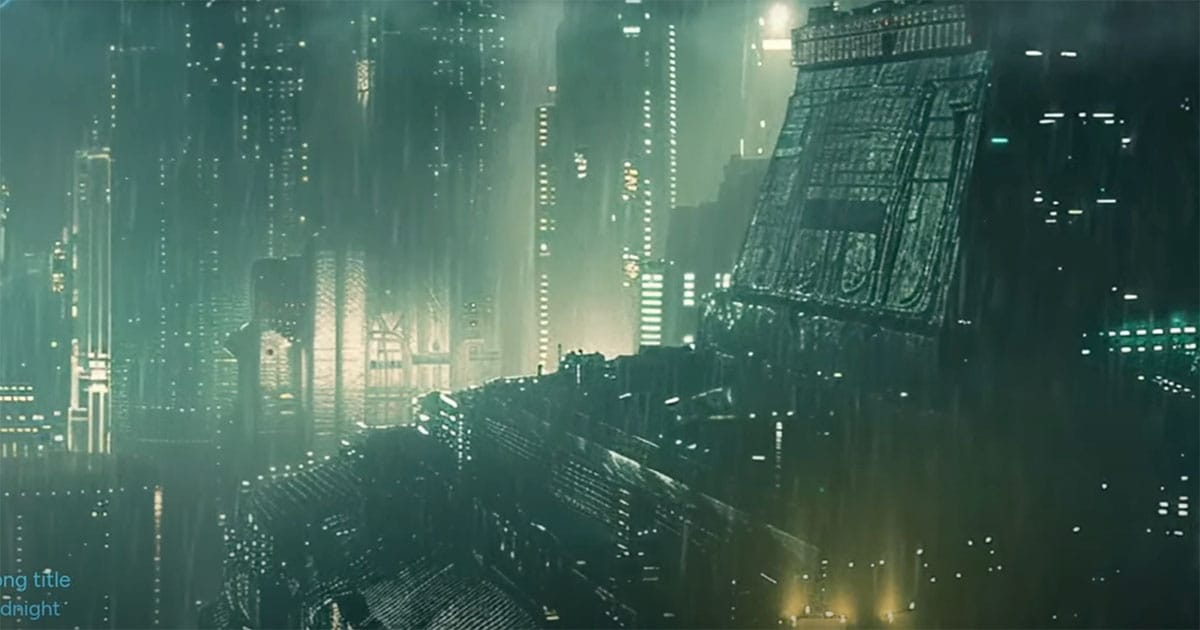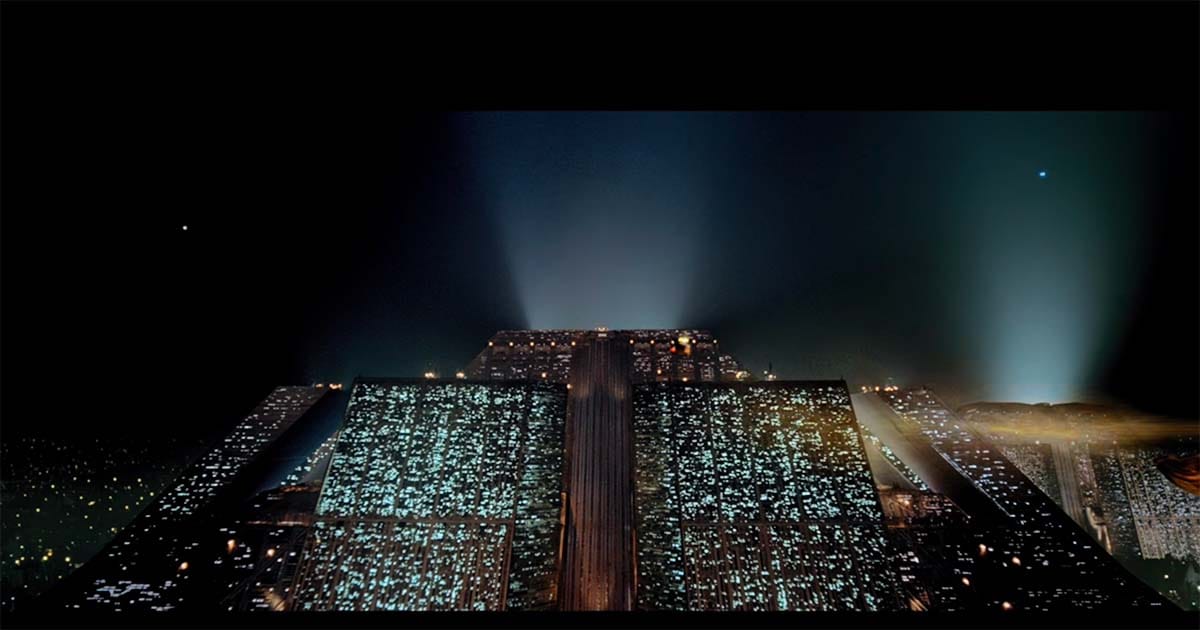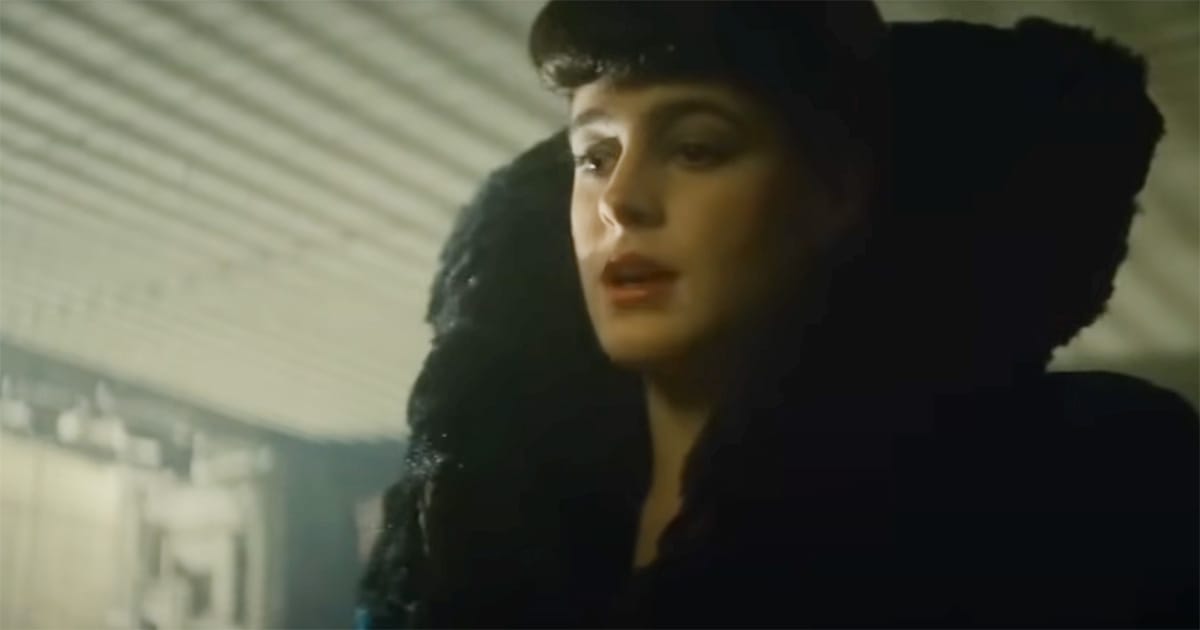What if the Door Had Stayed Closed in "Blade Runner"
A thoughtful exploration of the shadows cast by an unwritten ending in "Blade Runner," reflecting on how a single unmade choice might have reshaped its meaning, mood, and place in science fiction history.

A Door Left Closed
The city glistens with rain that never ends, neon signs flickering through the haze like forgotten promises. Somewhere, the soft hum of a spinner fades into the night, its lights swallowed by the endless sprawl. On the floor of an empty room rests a small figure folded from paper, its shape delicate yet enduring. The unicorn waits in silence, a token left behind, a reminder of a choice made or perhaps a choice deferred.
In certain stories, a single decision—barely more than a breath in the grand sweep of events—can alter everything that follows. A step taken or not taken. A door opened or left closed. These moments linger in the imagination, inviting us to consider how different the world within the tale might have become. What if the turning point we remember so well had been quietly reversed? What shadows might have deepened, and what faint hopes might have faded entirely?
The exploration that follows does not seek answers so much as possibilities. It is a journey along a path that was never taken, one that leads us deeper into the heart of a familiar yet forever mysterious world.
A Different Path in the Shadows
There is a point in the story where everything balances on the edge of a moment. The rain continues to fall, the night hums with distant engines, and somewhere in the labyrinth of steel and glass, a man stands still, uncertain whether to act or to remain. The city offers no guidance. Its towers loom above, impassive, their lights flickering like the last glimmers of forgotten stars. The decision passes quietly. The world does not notice. But from that instant, a different path begins to unfurl.

In this imagined course, the man stays behind. He watches the door remain shut. There is no hurried flight, no promise carried into the dawn. The city closes around him once more, as it always does. A figure meant to escape instead lingers too long within its walls, and the machinery of pursuit begins again. The streets echo with footsteps that may never find their quarry, or perhaps will find it all too soon. A fragile chance is lost before it can take shape.
The rain erases all traces. The city keeps its secrets well. What might have been hope vanishes beneath the weight of what is, and what will be. And so the story darkens, quietly, as if it had always meant to do so.
Repercussions in Theme and Meaning
When the door remains closed and the night swallows what might have been, the weight of inevitability settles across the tale. What was fragile becomes lost, and what was already tenuous fades beyond reach. The story's core shifts, as if a hidden mechanism has engaged, drawing its characters deeper into the machinery from which they longed to escape. The city no longer offers even the illusion of sanctuary. Its endless corridors and crowded skies speak only of repetition and return, of cycles that cannot be broken.

Without that quiet act of departure, connection itself seems more fleeting. A hand left unheld, a promise left unspoken. The faint thread of understanding between hunter and hunted frays and is lost to the wind. Empathy, once a possibility, hardens into something more uncertain, or perhaps ceases to be a force at all. The choice that was not made becomes another proof of the grip the world maintains over those within it. The machinery hums on, unchallenged and entire.
And so the moral fabric of the tale alters. Where once there stood a moment of defiance or grace, there is now only submission to the great weight of design. The story becomes one not of what might be overcome, but of what must endure. In this small divergence, the world within the tale grows colder, and the shadows grow long.
Imagining the Unseen Ending
It is easy to picture the city as it might have appeared in those final moments. The rain still falls, soft and endless, tracing patterns down the steel and glass. The neon glow still paints the night in pale and flickering color. But beneath this familiar surface, something has changed. The beauty of the skyline remains unbroken, untouched by even the faintest hint of release or escape. The city endures, vast and unfeeling, and those within its walls are left to wander alone.

In this vision, there is no rising into the dawn, no promise carried on the wind. The final frame lingers instead on empty spaces and silent rooms, on a man fading into the endless avenues, his silhouette lost among the crowds. The origami figure rests where it was placed, a token without purpose, its meaning swallowed by the dark. The story closes not with the fragile possibility of something beyond the city's grasp, but with the certainty that nothing has changed. The unseen ending is one of quiet resignation, where all that might have been is left behind, and the night claims it all.
Shadows Cast by the Story We Never Saw
A tale turns on its choices, yet it is often the choices not taken that linger longest in the mind. Had this quiet divergence shaped the ending of "Blade Runner," the film's legacy might well have been transformed.

Without that fleeting suggestion of release, without that fragile hope carried beyond the city's grasp, the work could have stood as an even starker reflection of inevitability and despair. Audiences might have left the theater not haunted by ambiguity, but weighted by certainty. The story's influence on those who followed, the writers and directors who drew upon its vision, could have shifted toward darker ground, where defiance seemed futile and the machinery of control absolute.
Yet what remains most striking is how powerfully the imagined ending continues to speak. The path not taken casts its own shadow, inviting us to return again and again to that rain-swept world and wonder how narrowly it balanced between despair and grace. The legacy of the choice unmade is one of possibility. It reminds us that the stories we carry with us are shaped as much by what we see as by what we are left to dream.

